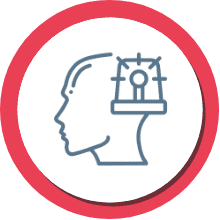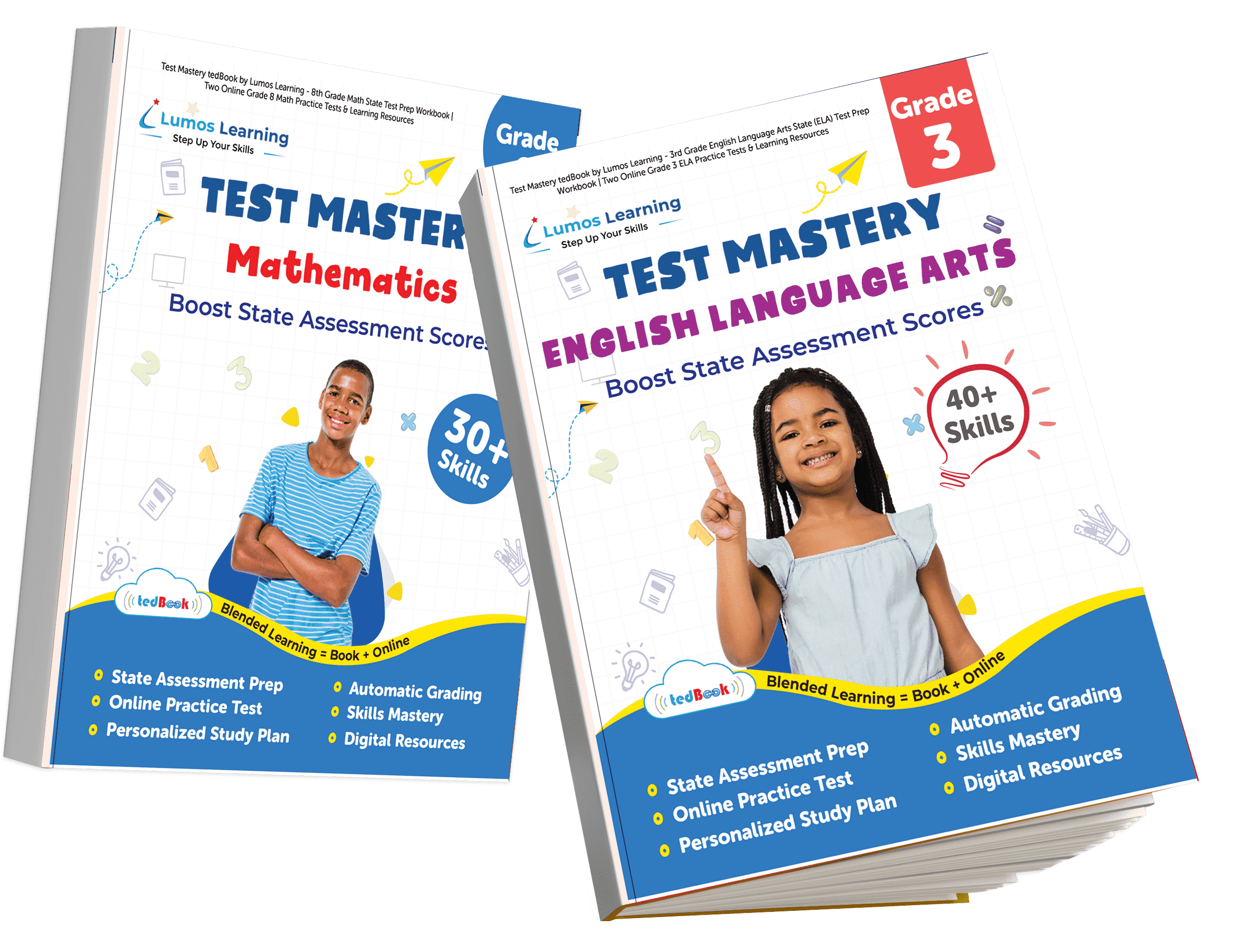The M-Step test is scored on a scale of 1 to 5, with 1 being the lowest score and 5 being the highest score. Students’ scores are compared to state benchmarks to determine whether they are meeting, exceeding, or falling below expectations.
The M-Step test utilizes a variety of question formats to assess students’ knowledge and skills across ELA and Math. Here are some of the most common types you can expect:
ELA:
1. Multiple Choice: These are the most frequent format, presenting students with several answer options to choose from.
2. Constructed Response: Students are required to write their own answers to open-ended questions, demonstrating their understanding and critical thinking skills.
3. Short Answer: Similar to constructed response, but with shorter answer expectations and more focused prompts.
4. Read & Respond: Students analyze text passages and respond to questions about them, testing their comprehension and ability to extract information.
5. Technology-Enhanced Items (TEIs): These interactive questions may involve drag-and-drop tasks, audio recordings, or visual stimuli, requiring students to apply their knowledge in different ways.
Math:
1. Multiple Choice: Similar to ELA, but often with answer choices involving numbers, graphs, or equations.
2. Equation Editing: Students are presented with an equation and must identify and correct errors.
3. Gridd-in: Students input their answers directly into a grid, requiring precision and understanding of number placement.
4. Performance Tasks: Multi-step problems requiring students to demonstrate their problem-solving skills and apply mathematical concepts to real-world scenarios.
5. TEIs: Similar to ELA, these may involve interactive graphing tools, simulations, or data analysis tasks.

















 Schools
Schools Parents/Students
Parents/Students

